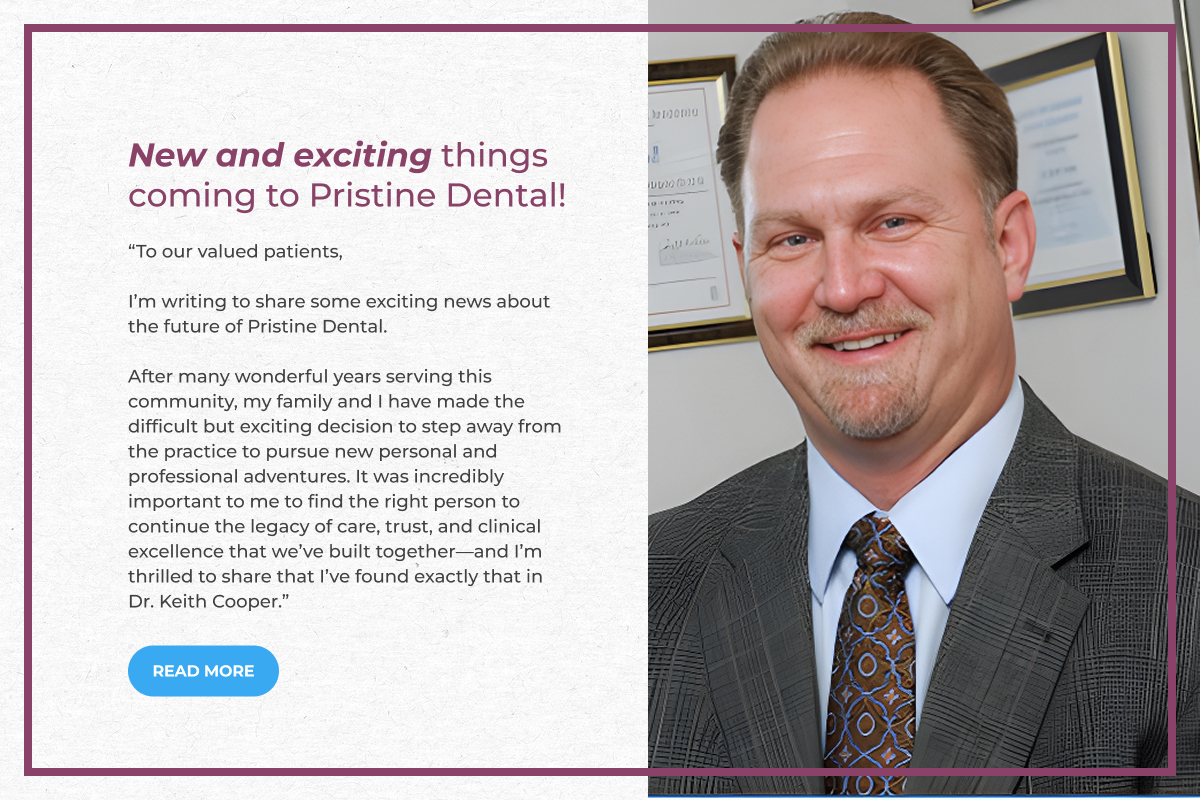In an era where technology is advancing at lightning speed, the field of dentistry is not being left behind. Digital dentistry has become a revolutionary force in the quest for beautiful and healthy smiles. In this blog, we’ll explore the key aspects of digital dentistry and why it’s becoming essential for modern dental care.
Understanding Digital Dentistry
Digital dentistry refers to the use of dental technologies or devices that incorporate digital or computer-controlled components. Unlike traditional dental methods, digital dentistry allows for a more precise and customized approach to dental care. This technology encompasses a wide array of tools and techniques, from digital x-rays and cone beam computed tomography (CBCT) to sophisticated CAD/CAM systems used for designing and fabricating dental prostheses. The ability to visualize the anatomy of a patient’s mouth in three dimensions provides dentists with a comprehensive understanding of the complexities they are dealing with, significantly improving treatment outcomes.
The transition to digital dentistry represents a significant paradigm shift in how dental care is delivered. For instance, in Georgetown, TX, the Aesthetic Dentistry clinic uses cutting-edge digital smile design technology that not only reshapes but also enhances the natural aesthetic of a patient’s smile. This involves using digital imaging to plan restorations and evaluate the esthetic and functional relationships of the patient’s teeth, offering a highly customized solution that traditional models cannot match.
Digital dentistry is about making the entire dental process more efficient and comfortable for both practitioners and patients. It enables procedures that are less invasive and more patient-friendly, eliminating the need for traditional molds and impressions of teeth with digital scans that provide faster and more accurate replicas. This level of precision not only streamlines the practice but also significantly reduces the chair-side time required during treatment.
Benefits of Digital Dentistry
One of the most notable benefits of digital dentistry is its ability to provide accurate diagnostics and treatment plans. It minimizes human error and offers dentists advanced tools to create tailored solutions for individual patient needs. For example, digital smile design offers a systematic approach that integrates videography with modern technology to prioritize patient-centered outcomes. This ensures not only aesthetic success but also functional longevity, making it a critical component of future dental care strategies.
The precision afforded by digital tools helps in the early detection of dental problems, allowing for timely intervention which can prevent more extensive treatments later on. Additionally, the integration of artificial intelligence into digital dentistry is paving the way for breakthroughs in diagnostic accuracy, making it easier than ever to identify conditions that otherwise might have been missed with traditional methods.
In terms of patient experience, digital solutions have reduced the number of appointments necessary and shortened the duration of treatments. With procedures like CEREC crowns that can be fabricated in one visit, patients appreciate the convenience and reduced time commitment. Moreover, digital technology helps dentists communicate more effectively with patients, providing them with clear visualizations of treatment plans and outcomes, enhancing transparency and trust.
Digital Tools Used in Modern Dentistry
From CAD/CAM systems to 3D imaging and digital scanners, there are various digital tools that enhance the capabilities of traditional dental practices. These tools streamline procedures, reduce chair time, and improve patient experience. CAD/CAM technology, for instance, allows for the digital design and manufacture of dental restorations like crowns and bridges using precise 3D models, eliminating the need for traditional lab work that was often time-consuming and prone to inaccuracies.
Another revolutionary tool in digital dentistry is the intraoral scanner, which replaces the conventional impressions. With the ability to quickly capture detailed 3D images of a patient’s teeth and soft tissues, intraoral scanners improve diagnostic accuracy and comfort. Furthermore, digital tools like CBCT provide a three-dimensional view of the oral and maxillofacial region, essential for detailed planning in procedures such as implants and orthodontics.
Digital Smile Design systems integrate with these tools to refine the aesthetic outcome of treatments. By using digital visualization, dentists can simulate the results of cosmetic treatments before they commence, ensuring that the end result aligns with the patient’s expectations and desires. This collaboration between technical precision and patient preference raises the standards of care and satisfaction.
Impact on Patient Experience
Patients benefit greatly from digital dentistry through improved comfort and reduced anxiety. With less invasive procedures and quicker recovery times, digital dental care is reshaping the way patients perceive and experience dental visits. By minimizing the discomfort traditionally associated with dental treatments, digital techniques are making dental care more accessible and appealing to those who have delayed seeking treatment due to fear or anxiety.
A significant component of digital dentistry is its provision for real-time feedback. Patients can see their dental treatment plan unfold in real-time through digital simulations, promoting a deeper understanding and engagement in their own care process. This transparency builds trust between the practitioner and the patient, providing a platform for open discussions about treatment options and expected outcomes.
Moreover, digital technologies ensure that esthetic and functional treatments are not mutually exclusive, as personalized planning allows for the perfect balance between appearance and function. Cosmetic procedures like veneers and smile makeovers can now be meticulously tailored to the individual, providing satisfaction that comes with achieving the desired result efficiently and effectively.
The Future of Dentistry: Embracing Technology
The future of dentistry is undeniably digital. As more dental practices integrate digital solutions, the field will continue to evolve, offering more efficient, accurate, and less invasive treatment options. The ongoing advancement in digital dentistry is paving the way for new and improved techniques in preventive and restorative care, offering solutions that prioritize patient comfort and satisfaction.
Technologies like AI are expected to revolutionize the field by analyzing vast amounts of data to predict outcomes and customize care recommendations. This will create a more proactive approach to dental health, focusing on prevention rather than just treatment. The aim is to have digital solutions not only facilitate treatment but anticipate issues before they manifest as severe dental problems.
Embracing these advancements is key to ensuring dental practices stay ahead in providing quality care that is in line with patient expectations. Digital dentistry is not merely a trend; it is the future of oral healthcare, promising to transform how dentists manage patient care and how patients engage with their dental health. By continually adapting to the latest advancements, dental practices can enhance not just results but also the overall satisfaction of their patients, making a beautiful, healthy smile accessible to all.
Embracing the Future of Dental Care
Digital dentistry not only enhances the precision and efficiency of dental procedures but also improves patient satisfaction with better outcomes. Embracing this technology ensures you maintain a beautiful and healthy smile that is built on cutting-edge innovation. As digital dentistry continues to evolve, its role in dental care will only become more significant.



